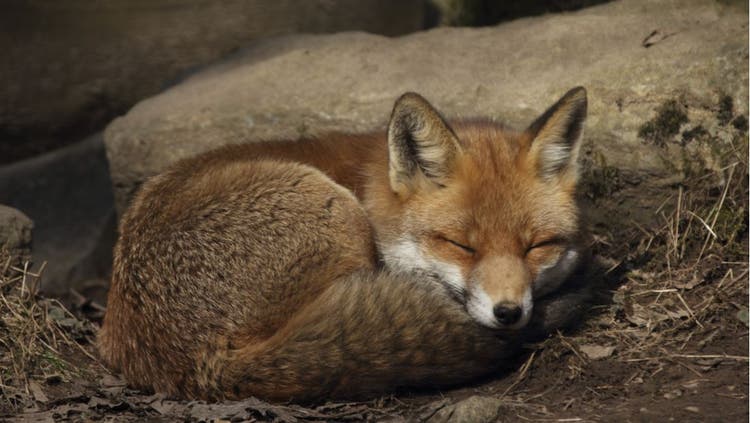
Wild Animals and Pet Safety
Pet encounters with wildlife are more common than you might think. Whether it’s a cat getting up-close and personal with a deer in the backyard or a wayward bear wandering into a campground, it’s not unusual for domesticated animal to come in contact with their wild counterparts. In fact, some animals such as deer are attracted to areas where humans live because of the easy access to food. Some wild animals might look cute and cuddly. However, it’s important to observe strict safety procedures if you and your pet come across an animal in the wild so you and they remain safe.
First things first: ensure that you and your pet are in a safe place. It is especially important to remain calm. Some owners can become frightened when faced with a stressful situation and drop their dog’s leash or begin making loud noises. This can scare not only your pet but the wild animal as well. Do not let your pet go “play” with the wild animal. (This is dangerous to both animals.) Avoid looking the animal in the eye. Calmly and quietly call your pet to your side if at all possible. If your pet is leashed, make sure that they are close to your side. Once you are in a safe place, secure your pet and ensure that they cannot escape.
Once secured and away from the animal, check over your pet thoroughly to ensure that they were not bitten or scratched. Many diseases can be passed between pets and wildlife, including rabies and Lyme disease. Note any limping, drooling, panting, or raised temperatures. If you suspect your pet was harmed by wildlife, take them to the vet immediately.
Your pet is safely inside but there’s still an animal out there. What to do now? Like many animal lovers you might be tempted to “rescue” a wild animal and save it from danger, especially if it appears injured or ill. The best thing you can do for a sick or hurt wild animal is to contact the proper authorities. Many counties have designated wildlife rescue agents who are specially trained to care for these animals. Most even have a veterinary staff so they can treat new patients within minutes. Attempting to give medical care to an animal without the proper training can result in delayed healing or even worsening of the conditions, not to mention potential injury to yourself or your pet should the animal attempt to defend itself. You can usually find these facilities in the local listings for “wildlife rescue.”
Most of the time it’s best to let seemingly healthy wild animals just go along their way. However, if the animal is acting strangely, threatening humans, or seems out of place, a phone call to the local animal control authorities is the best choice. (Not sure what the symptoms of rabies look like? Check out our article here.) Such animals might be dangerous if left alone and require professional handling. You should never leave a safe and secured area to “chase away” or “protect against” a wild animal. Many have little contact with humans and might become aggressive when they encounter a person.
Wildlife is beautiful but it’s best when it stays wild. If you are in an area which frequently gets woodland visitors, secure your pet indoors and prevent them from wandering outside unattended. If you are planning on camping or traveling somewhere with large populations of animals such as bear,s consider leaving your pet at home for their safety. Keeping calm and staying in control are your best two tools to keep your pet safe during a wildlife encounter.